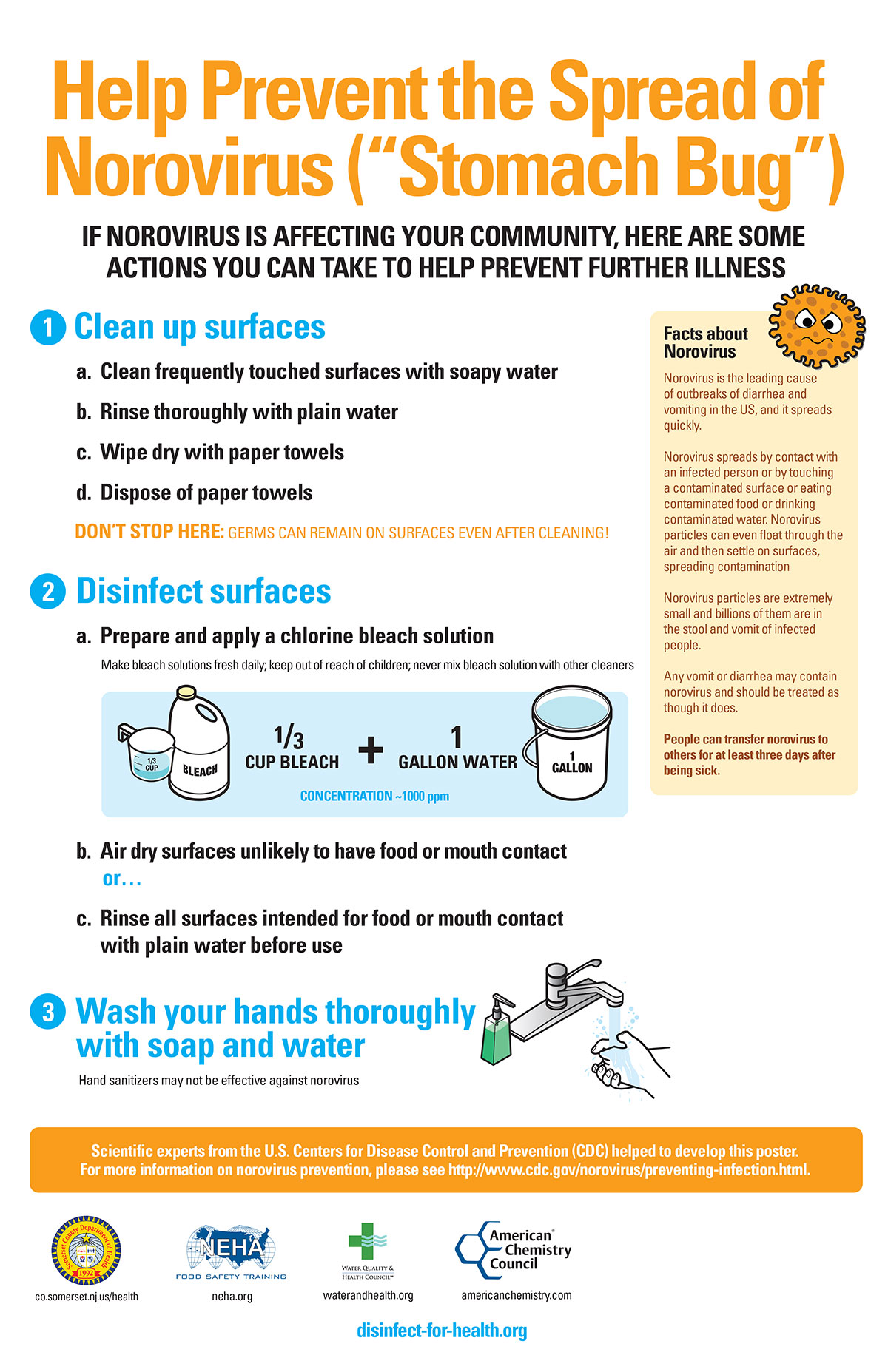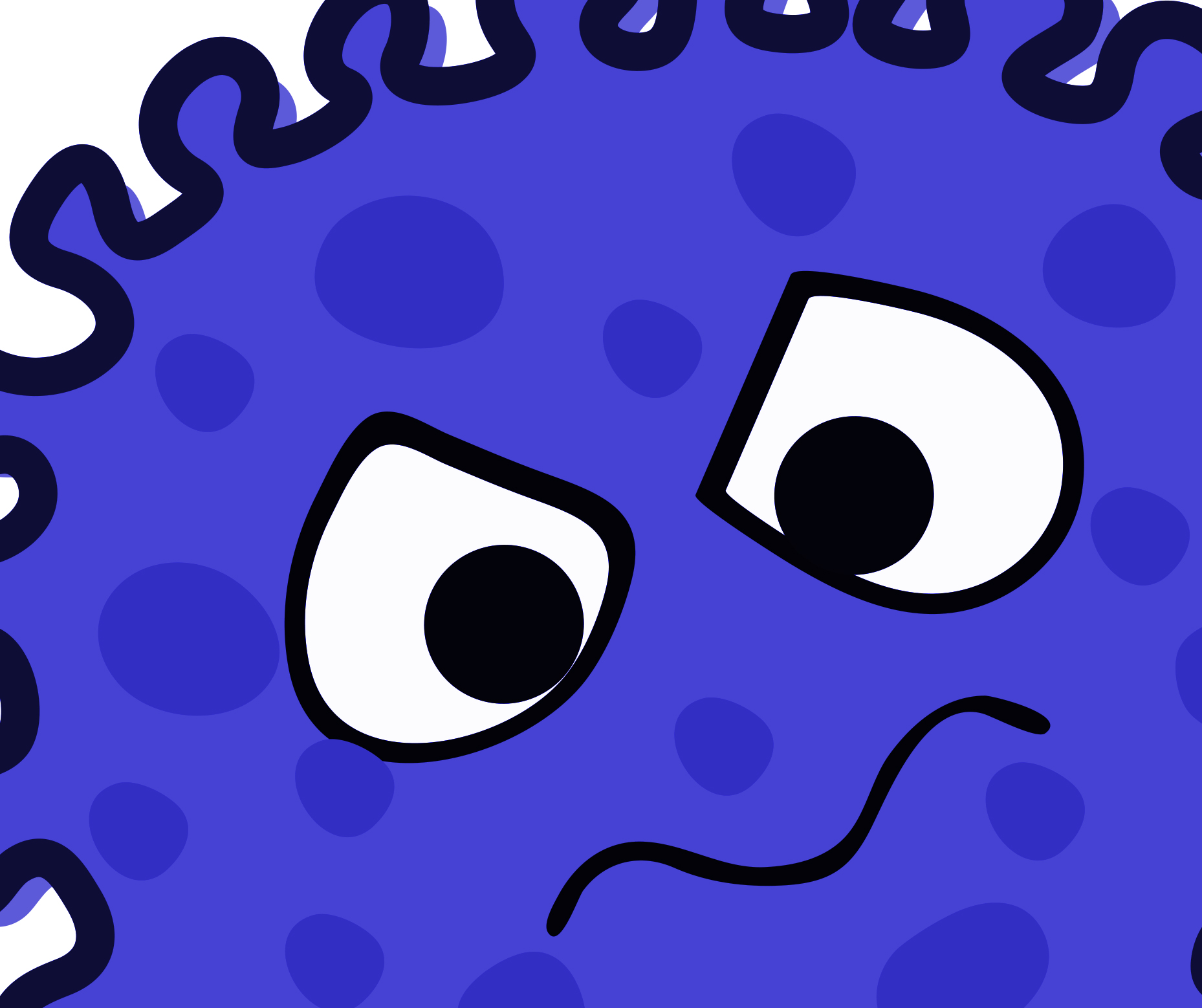Stomach Bug: Understanding And Preventing Norovirus Infection?
Editor's Notes: "Stomach Bug: Understanding And Preventing Norovirus Infection" have published today date. As we settled into a new routine of going about our days, the risk of catching a stomach bug is something that always lurks around the corner. There can be little defense against a stomach bug when it hits, and the symptoms can leave us feeling exhausted and out of action for days.
This guide for "Stomach Bug: Understanding And Preventing Norovirus Infection" will help target audience make the right decision.

Stomach Bug Usa 2025 - Steven Black - Source stevenblack.pages.dev
Key differences:
| Norovirus | Other Stomach Bugs | |
|---|---|---|
| Symptoms | Nausea, vomiting, diarrhea, stomach cramps, headache, fatigue | Symptoms vary depending on the bug, but may include nausea, vomiting, diarrhea, stomach cramps, headache, and fatigue |
| Incubation period | 12-48 hours | Varies depending on the bug, but typically 1-3 days |
| Duration | 1-3 days | Varies depending on the bug, but typically 1-7 days |
| Treatment | No specific treatment, supportive care only | Treatment depends on the bug, but may include antibiotics, antivirals, or antiparasitics |
| Prevention | Wash your hands frequently, avoid contact with sick people, and disinfect surfaces | Prevention depends on the bug, but may include washing your hands frequently, avoiding contact with sick people, and disinfecting surfaces |
Main article topics:
- What is norovirus?
- What are the symptoms of norovirus?
- How is norovirus spread?
- How is norovirus treated?
- How can norovirus be prevented?
FAQ
This FAQ section provides detailed information about Norovirus infection, its symptoms, prevention, and treatment.
Question 1: What are the symptoms of Norovirus infection?
Common symptoms include sudden onset of nausea, vomiting, watery diarrhea, stomach cramps, and low-grade fever.
Question 2: How is Norovirus transmitted?
Transmission occurs through contaminated food, water, surfaces, or direct contact with an infected person or their vomit and stool.
Question 3: Is there a cure for Norovirus infection?
There is no specific cure. Treatment focuses on managing symptoms and preventing dehydration.
Question 4: How can I prevent Norovirus infection?
Wash hands thoroughly, disinfect surfaces, avoid contaminated food and water, and consult a doctor if symptoms persist.
Question 5: What are the complications of Norovirus infection?
Severe dehydration, electrolyte imbalance, and even death in rare cases can result from severe infection.
Question 6: How long does Norovirus infection last?
Symptoms typically last 1-2 days, but complete recovery may take up to 10 days.
Tips
To combat the highly contagious gastrointestinal illness norovirus, which causes discomfort and can lead to dehydration, it's crucial to understand and follow proper preventive measures.
Tip 1: Frequent Handwashing
Regular and thorough handwashing with soap and water is paramount, especially after using the toilet, changing diapers, and handling contaminated objects. Hand sanitizers can complement handwashing but should not replace it.
Tip 2: Disinfect Regularly Touched Surfaces
Norovirus particles can linger on surfaces, making disinfecting door handles, countertops, toilets, and other frequently touched areas essential. Use a household bleach solution or an EPA-registered disinfectant.
Tip 3: Launder Contaminated Clothing and Bedding
Wash soiled clothing and bedding with hot water (at least 140°F) and regular detergent. Norovirus is resistant to cold water, so higher temperatures are necessary for proper disinfection.
Tip 4: Stay Hydrated
Norovirus can cause severe diarrhea and vomiting, leading to dehydration. Drink plenty of clear fluids, such as water, sports drinks, or electrolyte solutions, to replenish lost fluids and electrolytes.
Tip 5: Avoid Contact with Infected Individuals
Norovirus spreads easily from person to person. If you know someone who is sick, limit your contact with them and encourage them to stay home to prevent further transmission.
By adhering to these preventive measures, individuals can effectively reduce their risk of contracting norovirus and protect the health of their family and community. Stomach Bug: Understanding And Preventing Norovirus Infection
For more comprehensive information and additional tips, consult reputable sources such as the Centers for Disease Control and Prevention (CDC).
Stomach Bug: Understanding And Preventing Norovirus Infection
The stomach bug, or norovirus infection, is a highly contagious illness that can cause severe vomiting, diarrhea, and abdominal pain. Understanding the key aspects of this infection is crucial for effective prevention.

Stomach Bug 2024 Treatment - Elvira Miquela - Source ruthqcarmita.pages.dev
Understanding these key aspects is essential for preventing norovirus infection and mitigating its impact. Frequent handwashing, particularly after using the restroom and before eating, is a cornerstone of prevention. Additionally, thorough cleaning and disinfection of frequently touched surfaces in public spaces can help reduce the spread of the virus. Staying home when sick and avoiding contact with others can also help prevent the spread of norovirus outbreaks.
Stomach Bug: Understanding And Preventing Norovirus Infection
Norovirus is the leading cause of acute gastroenteritis worldwide, affecting an estimated 685 million people annually. The virus is highly contagious and can be transmitted through contact with an infected person, contaminated food or water, or by touching surfaces that have been contaminated with the virus. Symptoms of norovirus infection include nausea, vomiting, diarrhea, abdominal pain, and fever. In severe cases, norovirus infection can lead to dehydration, hospitalization, and even death.

Help Prevent the Spread of Norovirus (“Stomach Bug”) - American Family - Source ocalafamilydoctor.com
Understanding the connection between "Stomach Bug: Understanding And Preventing Norovirus Infection" is essential for public health. By understanding how the virus is transmitted and how to prevent infection, we can reduce the incidence of norovirus infection and its associated morbidity and mortality. Public health measures such as handwashing, proper food handling, and vaccination can all help to prevent the spread of norovirus infection.
The practical significance of understanding the connection between "Stomach Bug: Understanding And Preventing Norovirus Infection" is that it allows us to take steps to prevent infection and protect our health. By following simple public health measures, we can reduce our risk of norovirus infection and its associated complications.
Conclusion
Norovirus is a serious public health concern, and it is important to understand its transmission and prevention. By understanding the connection between "Stomach Bug: Understanding And Preventing Norovirus Infection", we can take steps to protect our health and prevent the spread of the virus.
The key to preventing norovirus infection is to follow simple public health measures, such as handwashing, proper food handling, and vaccination. By following these measures, we can reduce our risk of infection and its associated complications.